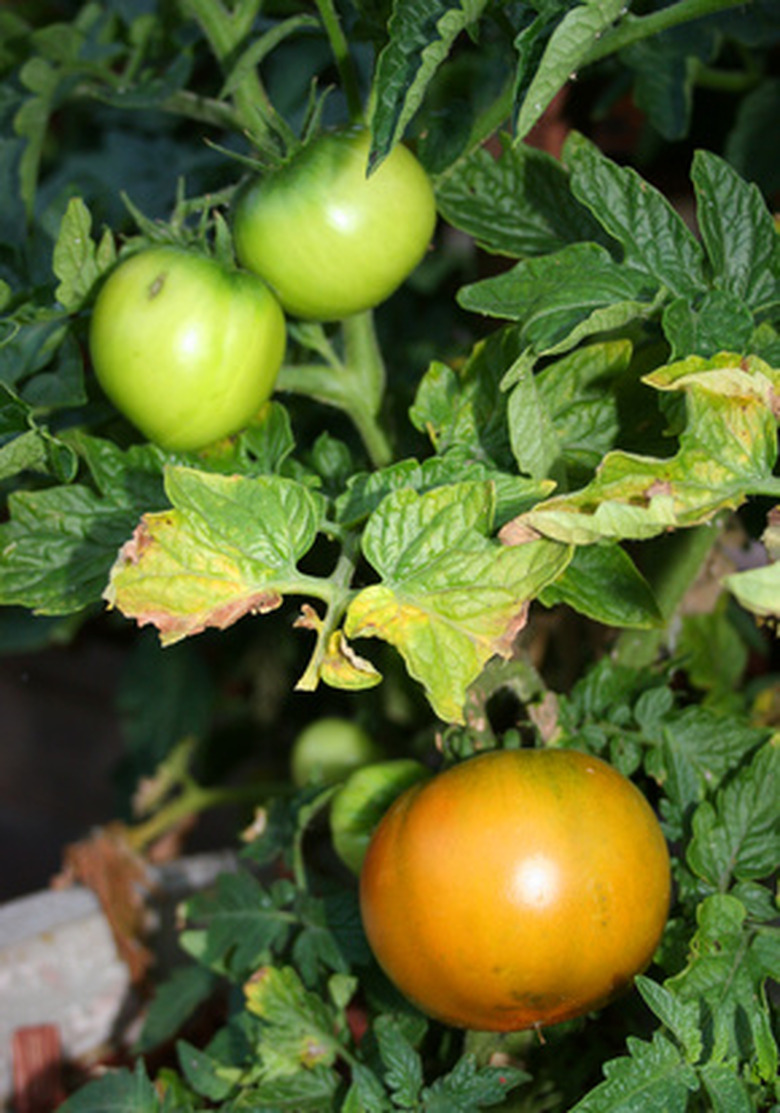Tiny Black Bugs On Tomato Plants
Though little black bugs on tomato plants may not seem like much of a problem, if left unchecked the issue can become quite serious. These small pests likely belong to a family of bugs called flea beetles. There are a few different options on how to control them, though some type of pesticide will likely be necessary.
Types
There are dozens of species of bugs commonly referred to as flea beetles. All come from the same scientific family, Chrysomelidae. Though the beetles have a quite extensive list of species, it could be that only a handful live in your area. Regardless of the type of flea beetle, the treatment method is typically the same, as are many of their habits. Not all types like tomato plants.
- Though little black bugs on tomato plants may not seem like much of a problem, if left unchecked the issue can become quite serious.
Identification
The flea beetles range in color from black to brown and are generally less than half an inch long; some may be even smaller than that, even as small as one-tenth of an inch. A single beetle, given its size, would not be able to do much damage to any plant as large as a tomato plant, but they are found in groups. Many may infect a single plant. The beetles have well-developed hind legs and can jump an impressive distance if disturbed.
Significance
The main threat from these bugs is simply the damage they can do to the tomato plant. The beetles will feed on the leaves and lay their eggs in the soil around these plants. Once the young beetles hatch, they will spend some time in the soil, where they feed on the roots and underground stems of the plant. In addition to defoliation, the beetles can expose a plant to blight and disease, which could be fatal.
- The flea beetles range in color from black to brown and are generally less than half an inch long; some may be even smaller than that, even as small as one-tenth of an inch.
- A single beetle, given its size, would not be able to do much damage to any plant as large as a tomato plant, but they are found in groups.
Time Frame
Adult beetles typically seek shelter from the winter in the soil, emerging again when the temperature reaches approximately 50 degrees. Once they emerge, they immediately seek food and continue their life cycle. In a growing season, it is not uncommon for as many as three generations of the beetles to come and go, multiplying each time. In locations with extended growing seasons, some beetles produce many more generations each year.
Prevention/Solution
You may be able to encourage the beetles to move on by delaying planting tomatoes as long as possible. If the beetles cannot find nourishment, they will quickly move on. However, if there are other sources of food in the area, they could stick around. Insecticides containing permethrin, carbaryl, spinosad or bifenthrin are effective at wiping out populations. You may need to reapply these weekly to help keep the problem from returning, especially if you have younger plants.
- Adult beetles typically seek shelter from the winter in the soil, emerging again when the temperature reaches approximately 50 degrees.
- In a growing season, it is not uncommon for as many as three generations of the beetles to come and go, multiplying each time.
